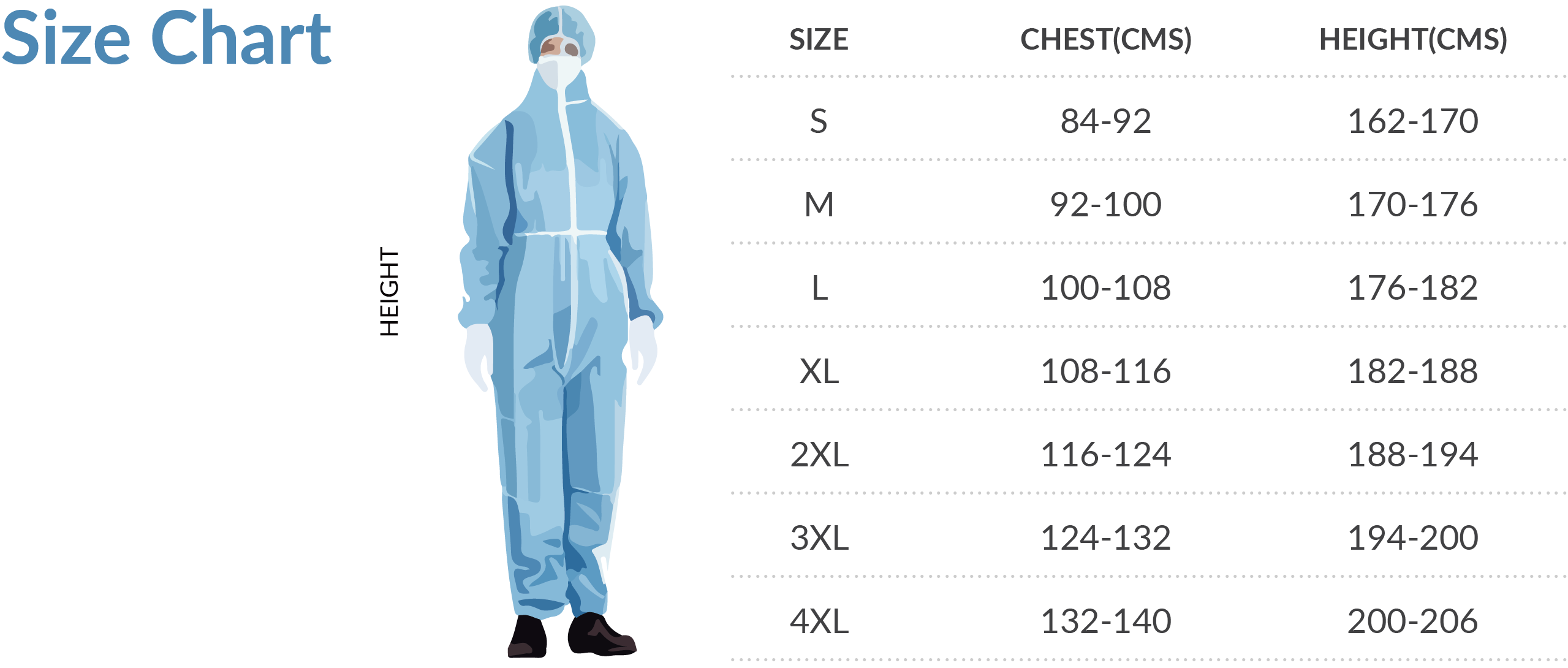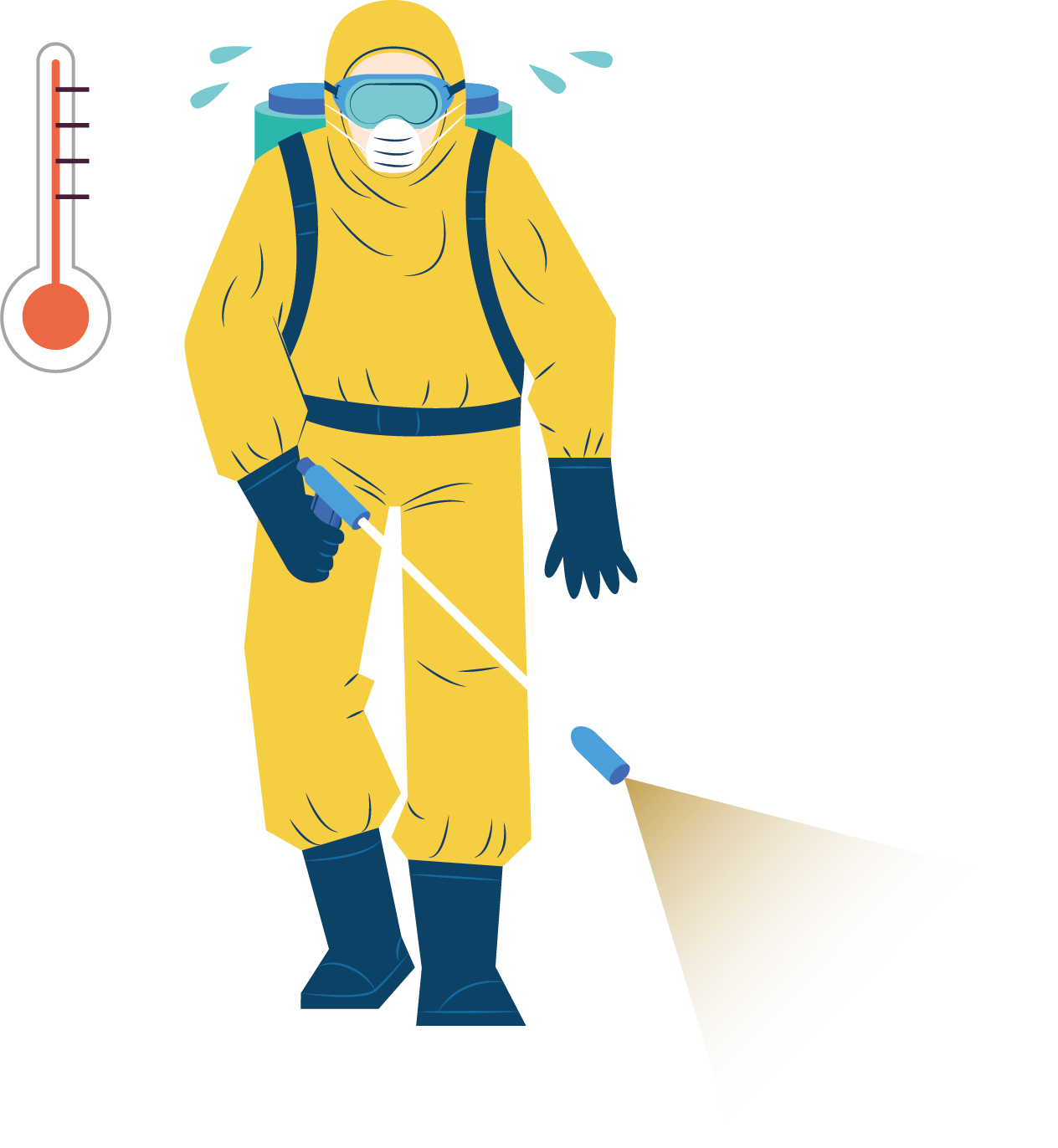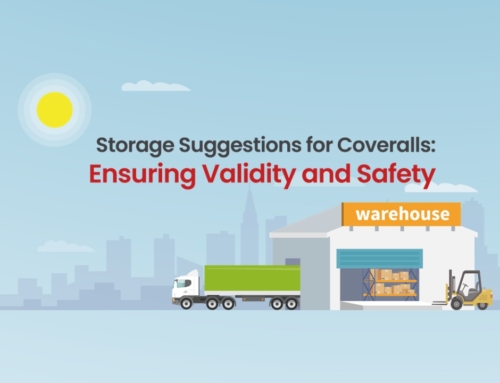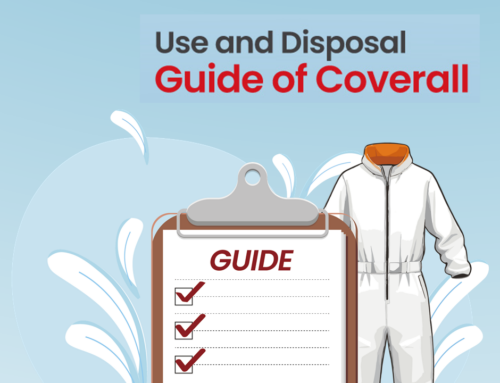
Selecting the Right Size Coverall
for Maximum Protection
Proper fit is crucial when selecting coveralls, as it directly impacts both safety and comfort. A properly sized coverall offers the best protection by eliminating gaps or loose areas where contaminants might infiltrate, ensuring that you are shielded effectively. Additionally, a well-fitted coverall enhances ease of movement, reducing the risk of accidents and fatigue during extended use.


Selecting the right size coverall is more than just a matter of comfort; it is critical for ensuring safety and effective protection in various environments. By choosing the correct size, avoiding common mistakes, and considering special requirements, you can ensure that your coverall provides optimal protection and performance. Proper fit not only enhances safety but also improves your overall work experience, allowing you to focus on your tasks with confidence.











